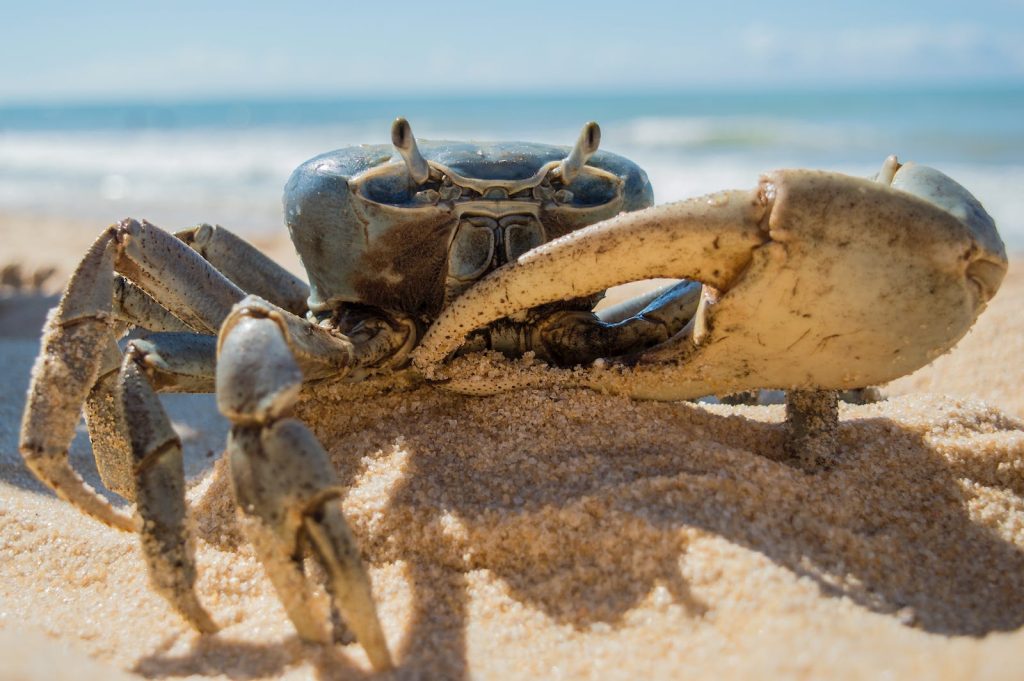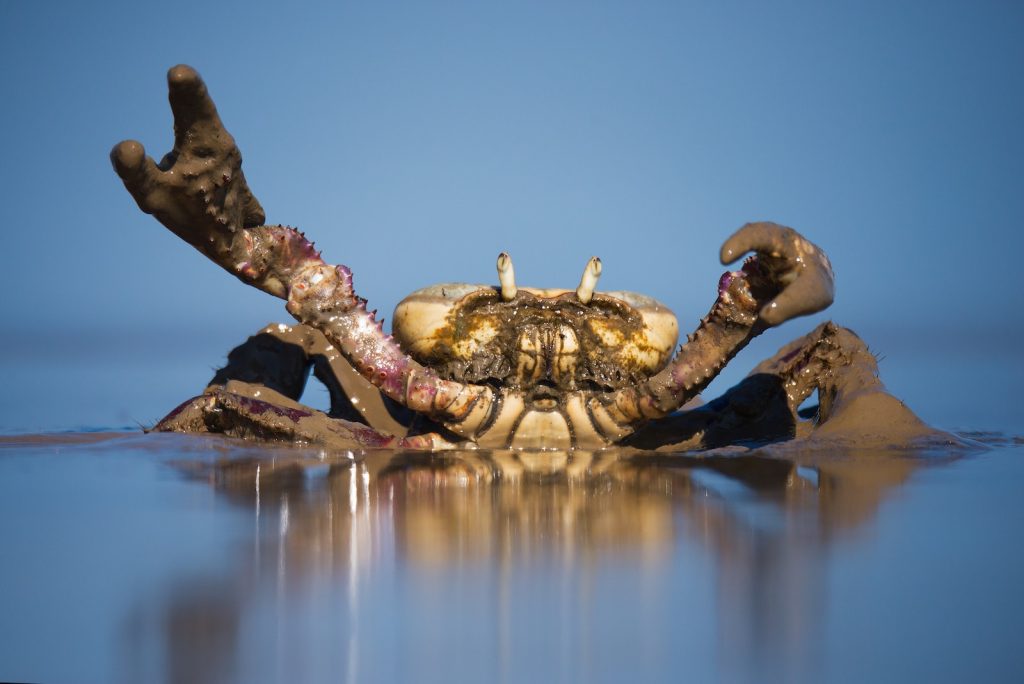What Do Crabs Eat?
Crabs, with their astounding diversity spread across around 4,000 distinct species, are not particularly finicky when it comes to their diet. These intriguing crustaceans, found in various aquatic environments, exhibit a wide range of dietary preferences.

Predominantly, many crabs are meat-loving predators and scavengers. They actively hunt and consume a variety of animal-based foods, including fish, smaller crustaceans, shrimp, and other small marine creatures. This carnivorous aspect of their diet highlights their role as both hunters and scavengers in the marine ecosystem.
However, the crab’s diet is not solely limited to meat. These adaptable creatures often incorporate non-meat items into their meals, showcasing their omnivorous nature. While some crab species lean towards a carnivorous diet and others may prefer vegetarian fare, the majority are omnivorous, demonstrating a flexible dietary habit.
Their hunting abilities, somewhat hindered by limited vision, are compensated by other means. Crabs are not the most efficient hunters in the ocean due to this visual limitation. However, they adeptly make up for this through other strategies. They often consume carrion – the bodies of already deceased animals – which is a practical adaptation for survival. Additionally, when the opportunity arises, crabs employ their powerful, snapping claws as effective tools for capturing and killing smaller prey.
Understanding what crabs eat involves delving into the diverse and fascinating aspects of their diet. Their food sourcing strategies, hunting methods, and the eclectic mix of their diet paint a picture of a resourceful and adaptable group of marine creatures, each species with its unique approach to survival in the aquatic world.

The Crab Diet
Small Fish
Crabs primarily feed on fish found on the ocean floor. While some larger crabs may actively hunt fish, most crabs consume fish that are already dead or injured. Fish provide crabs with protein, essential fatty acids, and fat-soluble vitamins.
Crustaceans
Larger crabs, such as the Blue Crab, Snow Crab, and King Crab, feed on crustaceans including lobsters, crayfish, barnacles, and other crabs. Crustaceans offer various nutritional benefits such as vitamin A, calcium, and iron.
Shrimp, Prawns & Krill
Snow Crabs have a strong preference for shrimp, which makes up a significant portion of their diet. Shrimp is a good source of protein, omega-3s, and calcium for crabs.
Dead Animals
Since crabs have poor eyesight and are relatively slow, they prefer to scavenge for dead animals rather than actively hunt live prey. Feeding on dead fish and shrimp allows crabs to obtain proteins, iron, fats, and vitamins without expending much energy.
Squid & Whelks
Larger crabs, like Dungeness crabs, consume larger animals such as squid and whelks. However, they usually eat only dead squid due to the challenges of catching live squid. Squid and whelks offer crabs higher protein content and significant amounts of iron, calcium, and Vitamin C.
Small Clams & Mussels
King Crabs, being larger in size, can prey on clams, mussels, and sea urchins. These animals provide crabs with vitamin B12 and omega-3 fatty acids, aiding their nutrition.
Seaweed & Algae
Smaller crabs feed on both red and green algae found in saltwater and freshwater environments. Algae is nutritious, helps with the molting process, and aids in toxin removal from a crab’s body.
How Do Crabs Collect Food & Hunt?
Crabs rely on their sense of smell to locate prey since they have poor eyesight. Chemoreceptors on their antennae help them detect chemical signals released by their prey in the water. Some crabs, like the King Crab, have a large claw that they use to crush their prey. When scavenging, crabs use their claws to sift through sand or dirt in search of food.
How Much Do Crabs Eat?
Crabs consume smaller quantities of food at a time. They can eat whenever they come into contact with food using their claws, but it is usually not a large amount. Two meals a day are sufficient to sustain a crab. Since crabs lack teeth, they tend to tear up their food and eat smaller bites for easier digestion.



